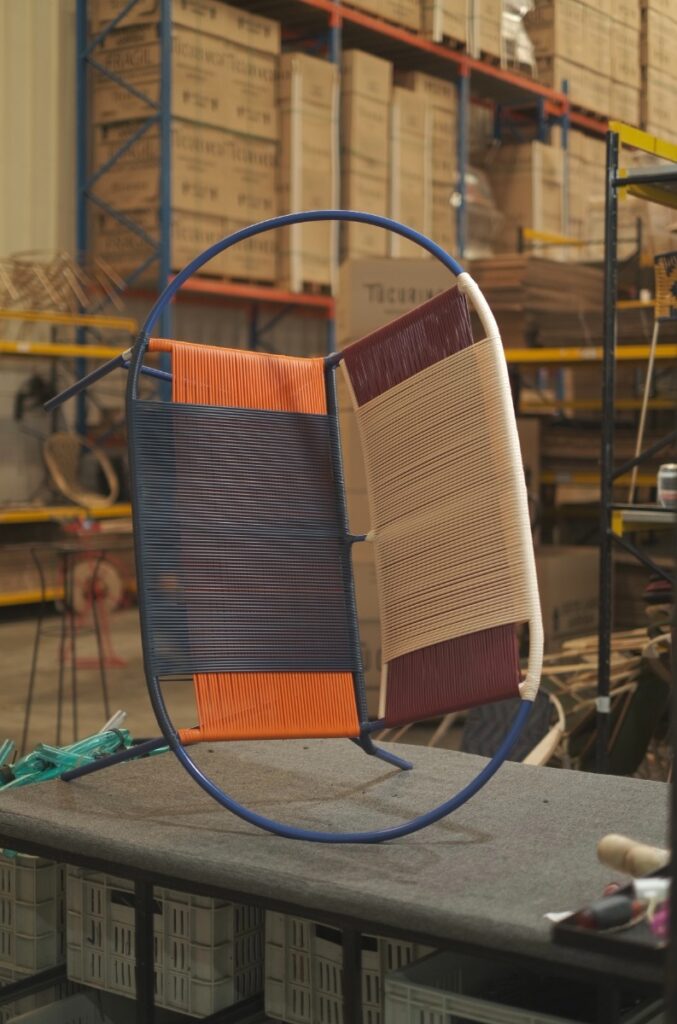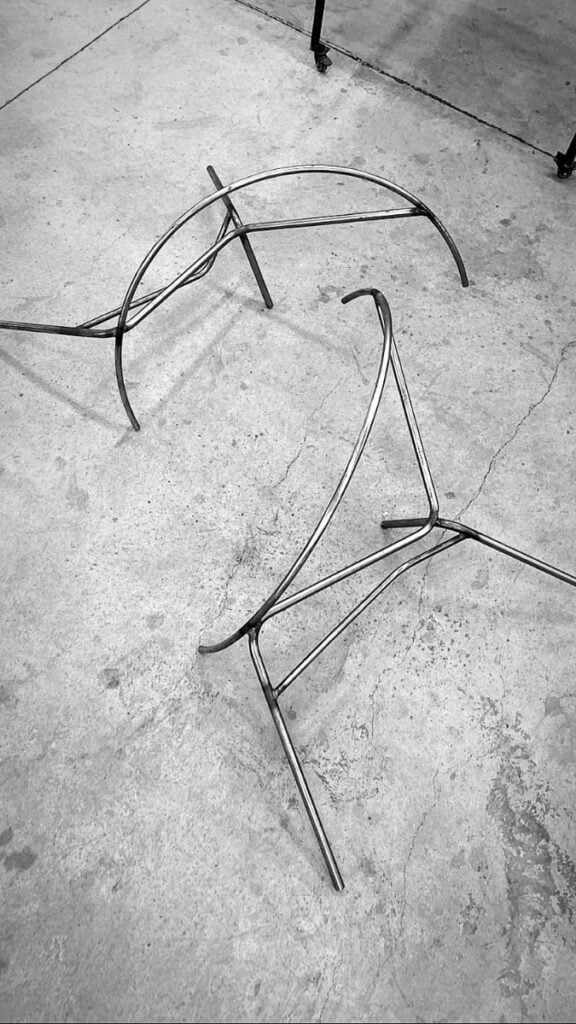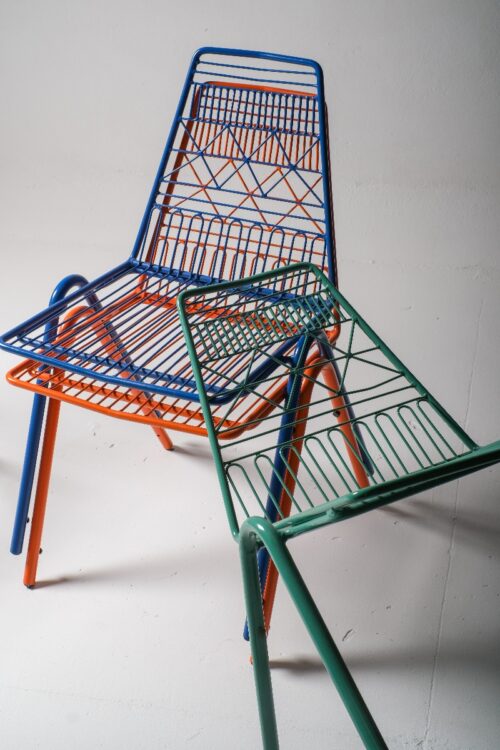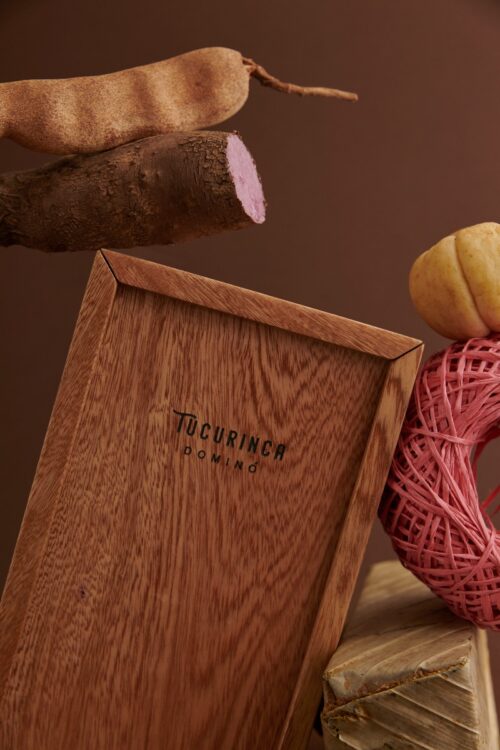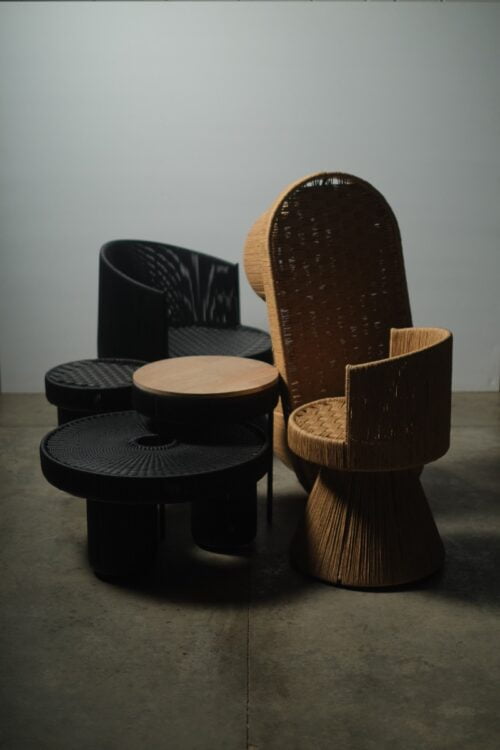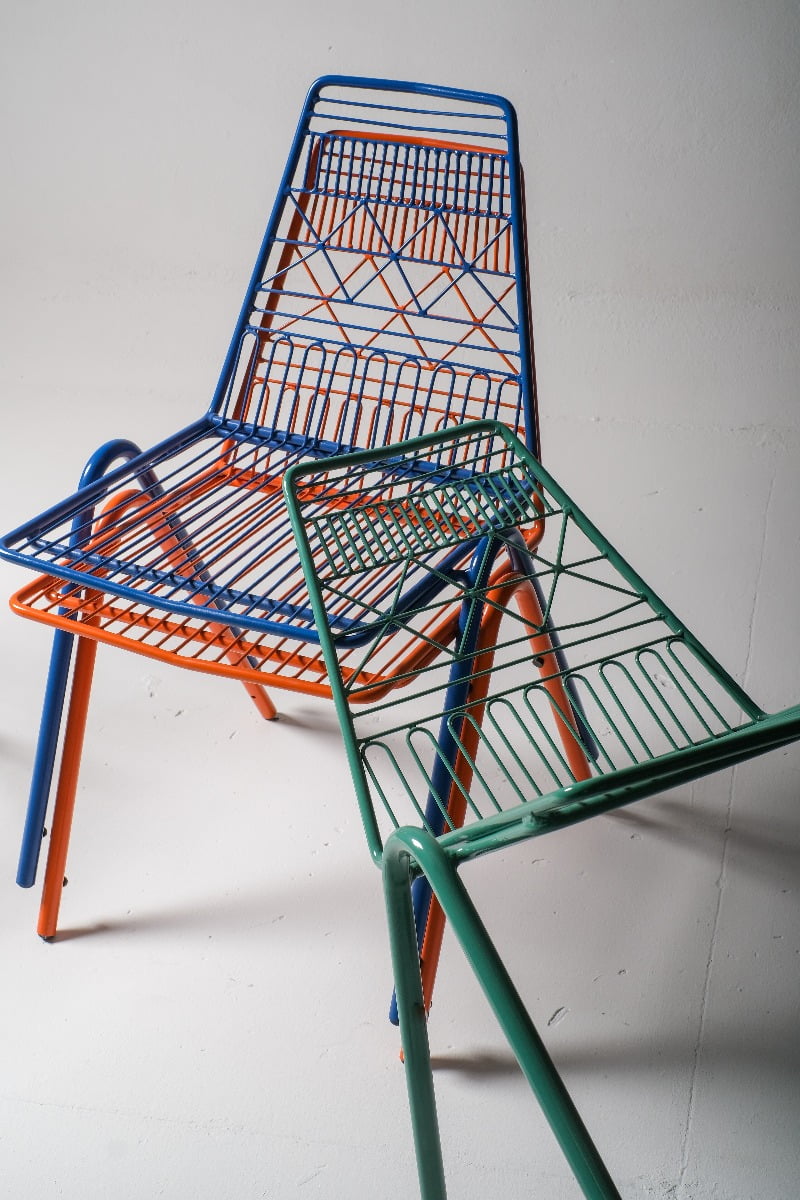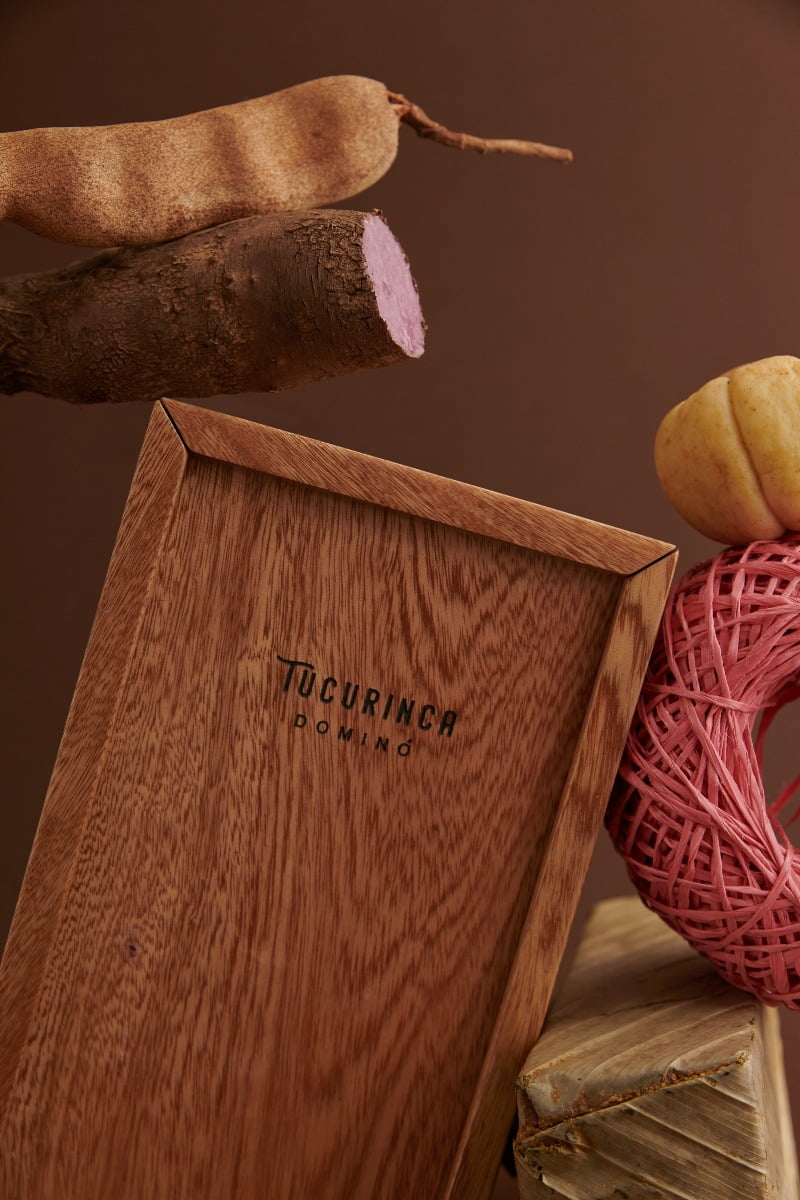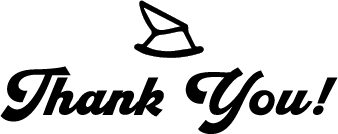Unconventional processes. I’m not sure if they are or not, but that’s how our design processes are—far from the ideal of cardboard prototypes and the dream of coldly calculated measurements. Here, we design through observation, trial, and intuition.
We make plans, but without measurements, non-technical drawings of the look with a slightly tilted perspective and from four meters away.
We measure in fingers, in more or less, and halves: “It can be almost two centimeters or so, but the other way around.” These are some of our reference measurements. We talk and work as a team; it’s a qualitative design rather than a quantitative one, based on appreciation and highly visual.
The Mamatoco Bench was especially easy.
Eureka! Why hadn’t we done this before?
We took a Mamatoco chair and cut it in half, then joined the two parts with a tube of a larger diameter that fit perfectly on each side. The crossbar was extended, increasing the length of the chair from 75 to 130 centimeters. We welded it, polished it, and it was ready for painting.
After curing and powder coating, which isn’t so mysterious, we moved on to the weaving. Here, we started to encounter some surprises. The tension of the weave bent the crossbars of the bench, creating a quirky chair that was completely functional with a fold that seemed intentional.
These types of surprises are common. We try to add the necessary supports to avoid consuming more material than necessary. The breaking point is subtle; a support, a millimeter in diameter, or any variation in gauge can mean the success or failure of a weave. Even the tension with which each weaver works on the chair is not exact, and we’ve had cases of chairs bending due to the weave after years of being in production without any modifications.
For the second prototype, we replicated the measurement of the first but increased all the diameters. We also added supports below and behind the seat and back, respectively. Then we wove, and the structure remained intact. Now we had achieved it.
The tension of the weave curved the pipe in a quirky but symmetrical shape. We knew this could happen, but it was worth trying.
Text and photography by Rafael Zúñiga // @pase_bonito
